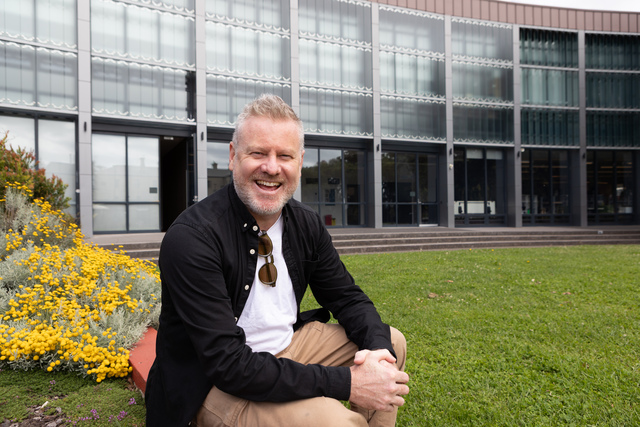By Ben Thomas
S
pring is almost over but it will be a while before chilled whites are a regular feature at the dinner table. Until then, elegant reds such as gamay, pinot noir and cool-climate shiraz will be on high rotation at my place.
I’ve recently been doing my bit for trans-Tasman trade and drinking syrah from Hawkes Bay.
It’s a huge wine region on the east coast of New Zealand’s North Island and is about 350 kilometres long and 80 wide, with a range of different micro-climates where just about anything goes, and grows.
Hawkes Bay chardonnay is intense and elegant, while its cabernet blends are regarded as some of the best in the new world. But, for me, the star is syrah.
“With syrah, it’s mainly planted to the Gimblett Gravels and in what’s called the red metal triangle, or Bridge Pa area, which is next to Gimblett Gravels, with different soils and a slightly cooler climate,” says Hawkes Bay pioneer John Hancock.
“If you look at the Gimblett Gravels soils, they’re quite similar to the soils of the northern Rh
ône – river gravels – except that we’re flat and they’re on the slopes. Most of the slopes in Hawkes Bay are unsuitable for growing grapes.”
In Hawkes Bay, syrah, the same variety as shiraz, produces elegant, medium-bodied reds with spice, red and black fruit characters and silky texture. It is often co-fermented with viognier, a northern Rh
ône technique that adds perfume and depth of flavour.
As is often the case, the story behind the wines is as good as the wines themselves.
Syrah was first planted in Hawkes Bay about 1900 but a short-lived period of flirting with prohibition in New Zealand affected the wineries’ profitability, forcing them to close.
“When the soldiers returned from World War I [support for prohibition declined] and it never got back in
… Up until maybe 20 years ago it was voted for at every election whether New Zealand would essentially have prohibition or not,” Hancock says.
It wasn’t until the 1980s that syrah was given another chance in Hawkes Bay, when Alan Limmer bought land on the Gimblett Gravels and planted syrah. He called his winery Stonecroft.
“Alan was working at a research station in the Waikato, and the New Zealand collection of grapevines was based there. They were being ripped out and he rescued a row of syrah and that was what started syrah in New Zealand,” says Hancock, who started Trinity Hill in 1993.
In the 1980s, land on Gimblett Gravels sold for just $500 an acre (4000 square metres) – its deep gravel and shingle soils, known as greywacke, were deemed no good for traditional farming. But, as its short history now shows, the Gimblett Gravels were ideal for growing grapes, especially shiraz, which needs heat and sunshine to ripen.
“[The soil is] dark grey in colour, which radiates the heat into the night and that’s why we can grow things in the gravels that we couldn’t grow elsewhere – it keeps things ripening longer,” Hancock says.






